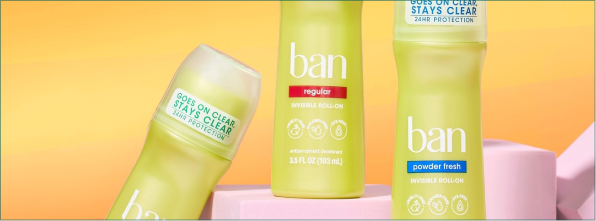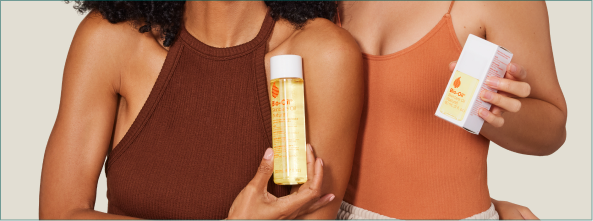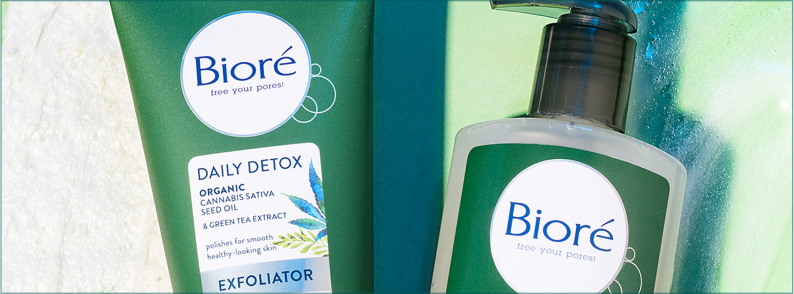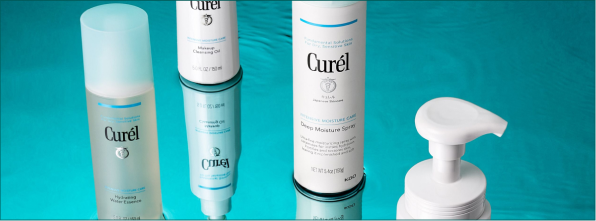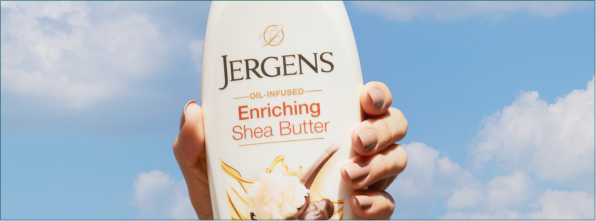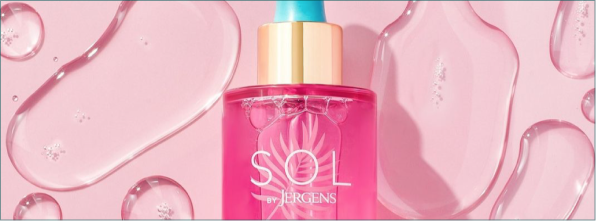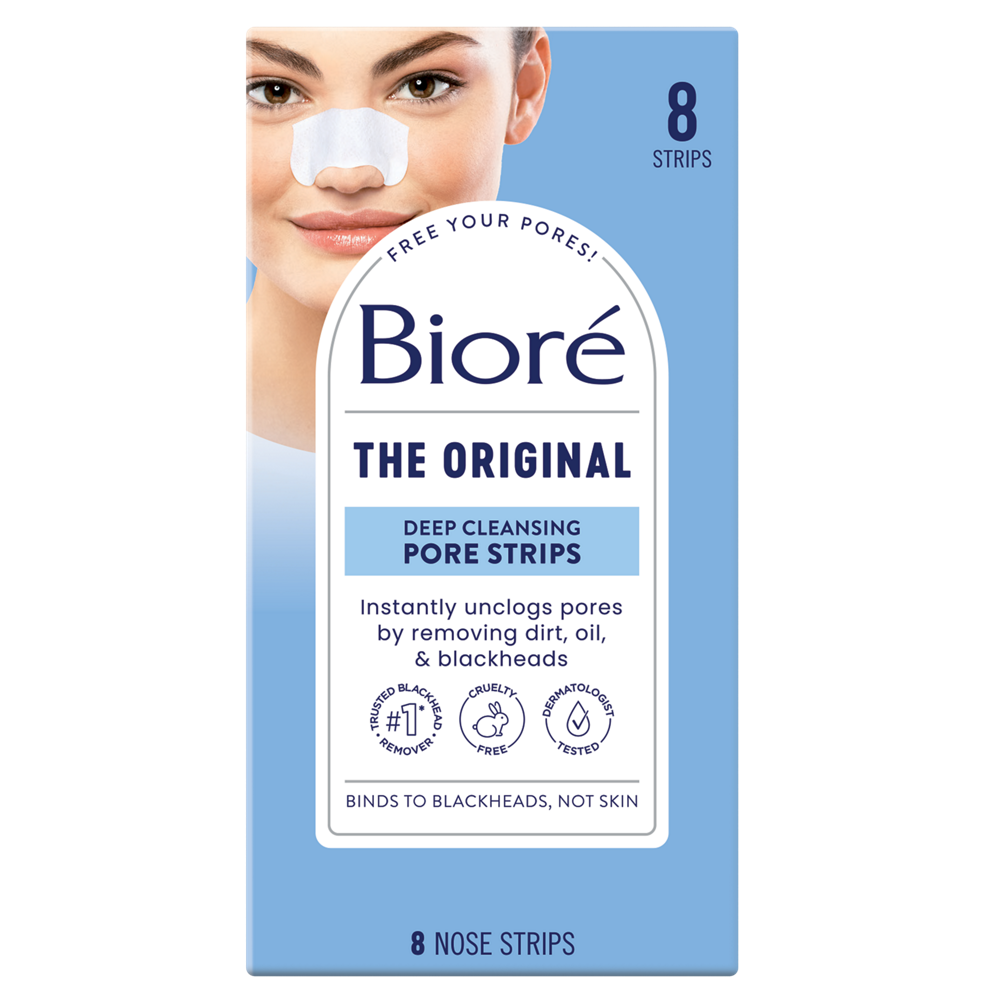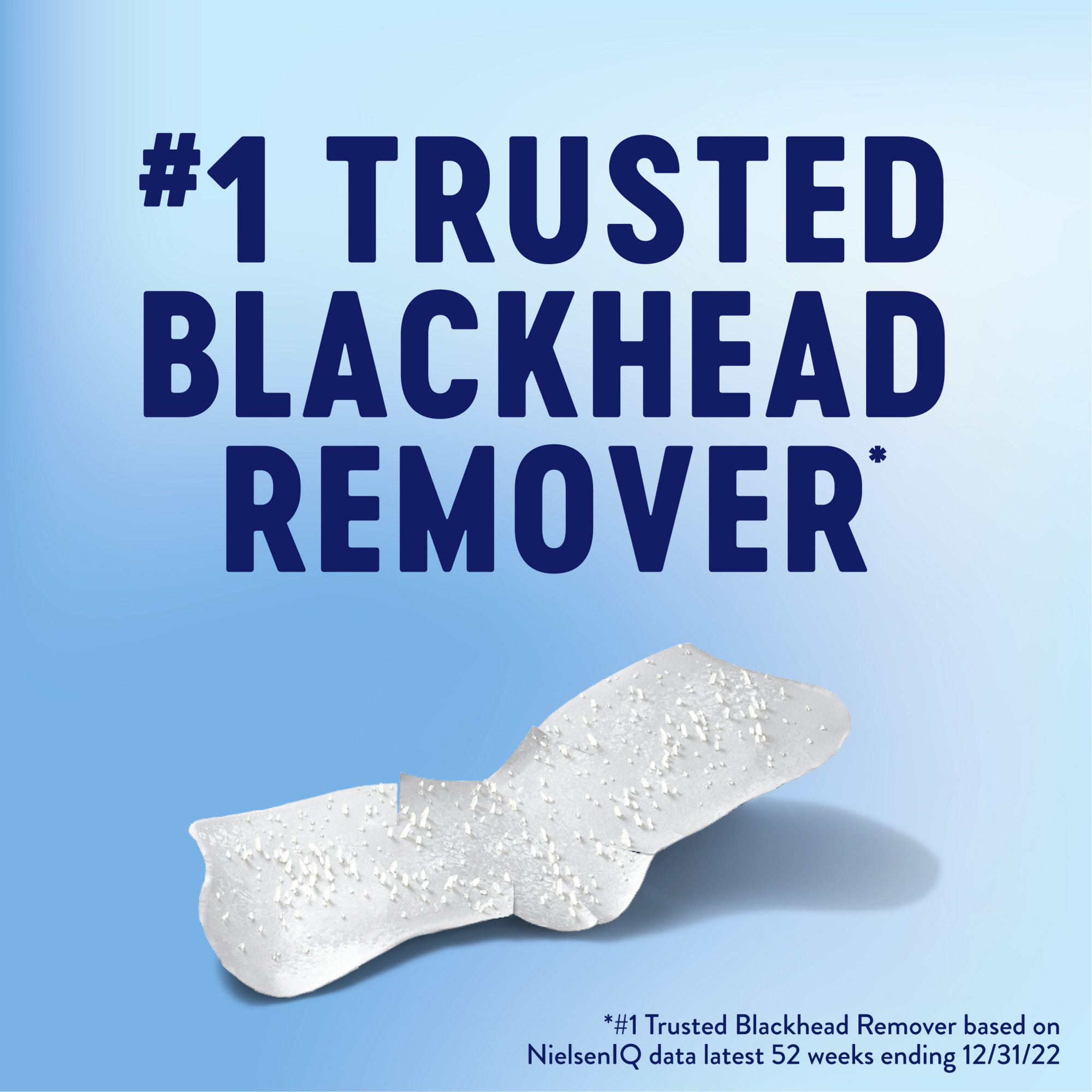How To Stop a Pimple from Bleeding
Nothing stops a skincare routine in its tracks quicker than a pimple. They're never a welcome sight, especially when you spot one emerging right before a big event..
What's worse is when the pimple adds insult to injury by starting to bleed. Don't fret. We're diving below the skin’s surface to discover why some acne can bleed in the first place and how to stop a pimple from bleeding once it does start.
Why Do Pimples Bleed?
There are a number of reasons why a pimple might start bleeding, but most involve an external impact or friction.
Popping and picking at pimples are the two most common causes of bleeding. When a zit pops, it begins releasing pus. If small blood vessels under the skin, called capillaries, burst from the friction too, you’ll see blood come out along with the other pimple contents.
Rubbing an erupted area too roughly, especially with an exfoliating scrub or pad, carries away the top layer of skin and exposes the pimple's interior. This can agitate the blemish and burst blood vessels in the process too. Plus, harsh scrubs and over-exfoliating can strip your skin of natural oils (which surprisingly can also cause oily skin problems in the long run).
How To Stop a Pimple from Bleeding
When a pimple starts to bleed, the first order of business is to get that bleeding to stop. Follow the five steps below to stop any pimple from bleeding — hopefully just in time for that big event.
1. Apply Pressure
Using a cloth or tissue, keep pressure on the blemish. After one to two minutes, the bleeding should stop. Try not to touch the open wound with your bare fingers. Body oils and dirt might make matters worse and prevent the pimple from going away as quickly as it should.
2. Use Ice
If the bleeding doesn't stop after two minutes of applied pressure, break out an ice cube and hold it against the area. The cold constricts blood vessels and reduces the flow of blood. This should help to stop the bleeding.
“The cold [from ice] constricts blood vessels and reduces the flow of blood.”
3. Apply Antibiotic Ointment
Once the bleeding has stopped, make sure to prevent any possible infections. Put a dab of antibiotic ointment on the area to kill any surface bacteria near the wound.
4. Cover the Spot
Covering the blemish with a bandage keeps the site free of dirt and locks in the antibiotic ointment. It also helps prevent further bleeding. A small, round adhesive bandage is ideal for just about any aggravated pimple.
5. Leave the Site Alone
You might be tempted to pick at it further once the bleeding has fully stopped. Don’t do it! Let it heal naturally. Continued picking can lead to scarring, which may look worse than the pimple did in the first place.
Through it all, cleanliness is top priority. With each step above, be sure to keep the site clean by using an effective toner or cleanser. If you need to touch the blemish, make sure you wash your hands first.
How To Prevent Pimples from Bleeding
We all want our skin to be smooth and clean. A good skincare routine helps, especially when your trusted skincare products also keep your skin free from oil and those pesky pimples.
When a pimple does emerge, remember not to pick at it or try to pop it. Not only is a bloody pimple unsightly, but it also creates the possibility of an infection too. Picking at a pimple can cause long-lasting scars.
So, how do you keep a pimple from getting to that popping point? Try the following steps to help keep it clean and free from bleeding.
1. Use Salicylic Acid
Products containing salicylic acid work best on non-inflammatory acne, such as blackheads and whiteheads. Salicylic acid takes a dual approach to fighting pimples.
- First, it deep cleans pores, while also preventing buildup under the skin that often leads to pimples.
- Additionally, it promotes quick healing of pimples, keeping away the potential for popping and bleeding.
2. Try Topical Retinoids
Products containing retinoids are great for moderate to severe acne that doesn’t respond to other treatments. These products help to unclog pores and prevent dead skin cells and other debris from getting in. On top of all that, retinoids reduce the skin's production of oil, which is often the underlying cause of many pimples.
3. Don't Touch
We can’t stress this enough! As important as helpful topical treatments may be at addressing pimples, the real key is keeping your hands away from your face. Hands contain body oils, unseen dirt, and other particles that can get into pores and start the buildup of sebum under the skin.
Instead of picking, popping, or touching, try blemish patches instead! Blemish patches are made with hydrocolloid to provide a protective barrier for your blemishes and keep oil, dirt, and other bacteria from getting to them. Not only do they speed up the healing process by absorbing pus and oil, but they also do so by keeping your fingers from being able to touch your skin and make pimples worse.
“Hands contain body oils, unseen dirt, and other particles that can get into pores and start the buildup of sebum under the skin.”
4. Be Gentle To Your Skin
Skin is tough and resilient, but is also prone to scarring, acne, and other issues if you don't treat it well. Choosing gentle cleansers and toners for your daily skincare routine may be enough. A mild exfoliator, exfoliating scrub, or exfoliating serum is only needed two to three times a week for smooth skin. Any more and your facial skin may get aggravated and blemished.
5. Keep Your Skin Clean
Keeping your skin clean is a great first line of defense against acne, plus it keeps existing pimples from becoming inflamed. Combine your favorite skincare products in a routine that works for your skin type. If you want to experiment with new serums or facial products, test them out one at a time to see how your skin will react.
product:biore-day-or-night-blemish-patches-30-ct]]
Key Takeaways
- Though there may be clinical reasons some people suffer from acne, the vast majority of pimples occur as a result of oily skin, combined with dirt, dead skin cells, and other debris that makes its way into the pores.
- To stop a pimple from bleeding, apply ice and/or pressure to the pimple and the surrounding area.
- When a zit does make an unwelcome entrance on your face, refrain from picking or popping it, as tempting as that may be. Breaking pimples open is the single most common cause of bleeding and often leads to scars.
